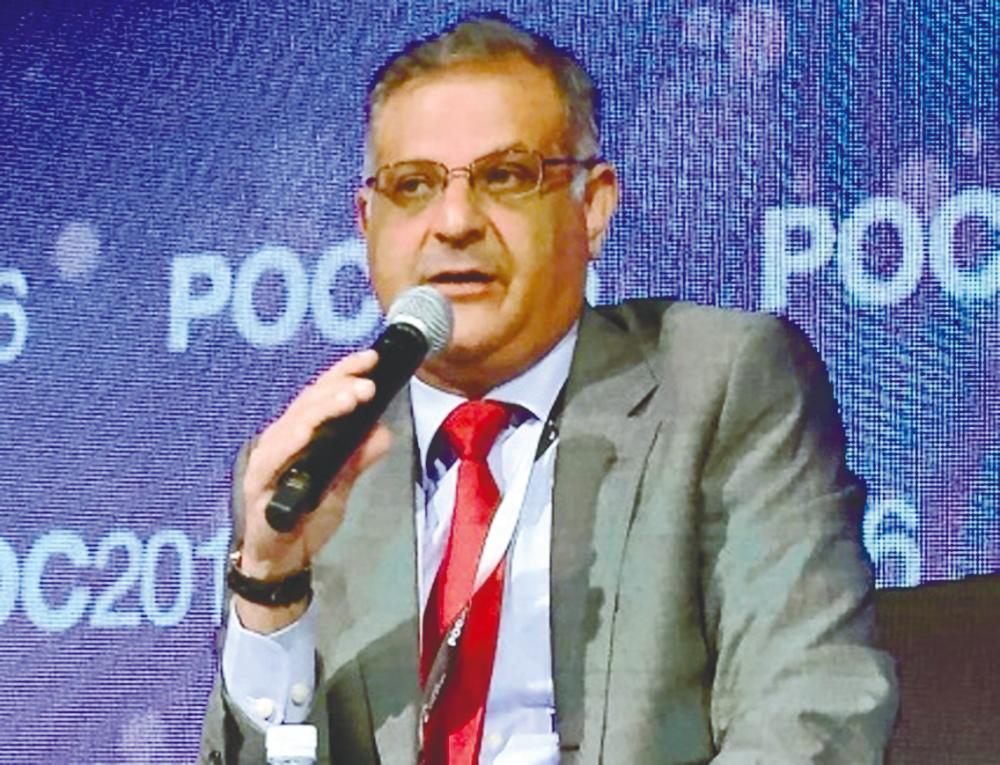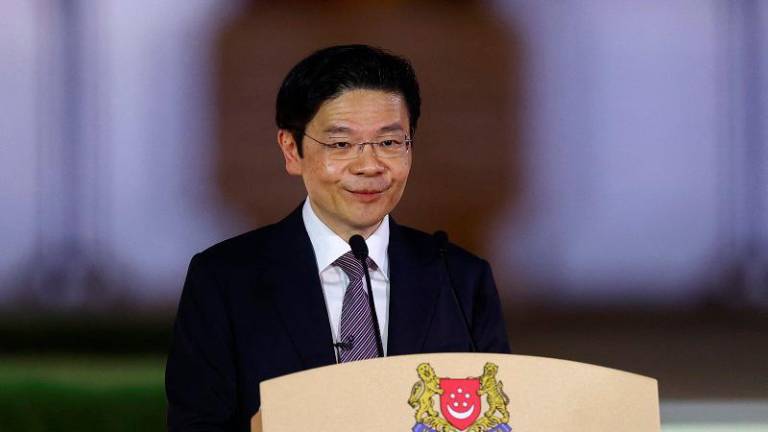I WAS invited to speak at the 2019 PNB Corporate Summit “Can Malaysia Reboot Itself?” on Oct 30, and I shared with the esteemed audience that I was not a big fan of the modern monetary theory (MMT), in which you can borrow and spend as much as you can, monetise the debt and put it on the balance sheet.
It looks good for academic papers but devastating for the markets. If we analyse the market and what happened to the US economy in the last 15 months during Covid-19, we see:
Base line deficit before Covid: US$1 trillion
Stimulus amount in 2020: US$3 trillion (A)
Trump added before Jan 20-21: US$900 billion (B)
Biden stimulus approved: US$1.9 trillion (C)
Budget deficit roughly (A+B+C) US$ 6 trillion
New economic policy of Biden administration
US President Joe Biden’s economic policy will follow the MMT model. So, what wrong with that?
Nothing, in terms of legal or accenting boundary, but the challenge is the confidence boundary. This might hurt the dollar outlook in the long run.
With the dollar running into high velocity, changing hands fast and losing confidence, the question from the market is: Will the market witness a repeat of 1977 when the dollar was under crisis and 10-year US Treasury bills Swiss franc-denominated? It was called Carter bonds during the time, as the dollar was under fierce crisis and tangible assets like real estate and gold appreciated considerably. Gold prices went up by 300% in a span of five years.
There is a benefit of reading economic history if you try to correlate things. Can history repeat itself in the modern epoch? In these tempestuous times, anything is possible since the Big Four central banks [US Fed, Bank of Japan, European Central Bank and Bank of England] have experimented with so many unorthodox policy levers in the last 13 years to bring confidence and growth back in their economies. But growth remained an economic illusion.
Economic recovery in 2021 – real or artificial?
The question is, after post Covid-19, can we maintain the economic momentum or economic recovery is taking place? I doubt so, as advanced economies are struggling due poor policy response to Covid-19 and productivity remains under lot of pressure. On the other hand, you have Asia, where growth momentum is strong due to macroeconomic stability, aggregate demand, policy manoeuvering – fiscal and monetary, rising income, and modern infrastructure.
Asia remains under the global investor’s radar due to economic growth taking place. China is taking the lead in the growth trajectory in the Asian region. In the next three to five years, China will become the largest economy of the world, leaving the US in second place. The pivot of economic growth moves to Asia.
This article was contributed by Juwai IQI global chief economist Shan Saeed (pix).










